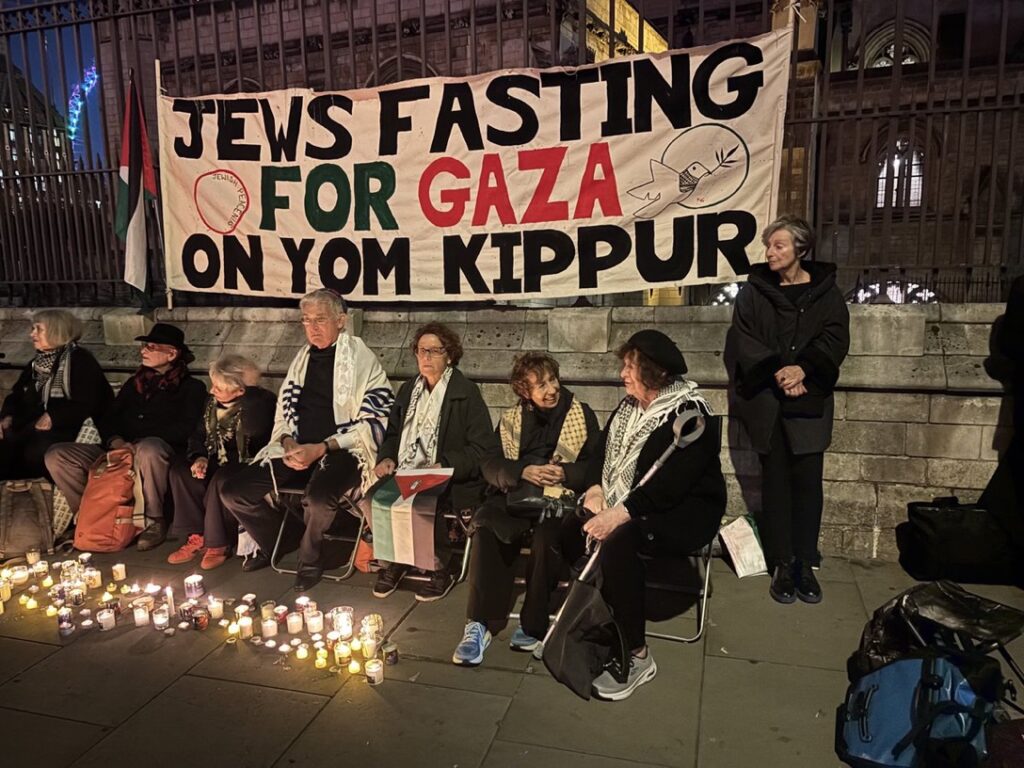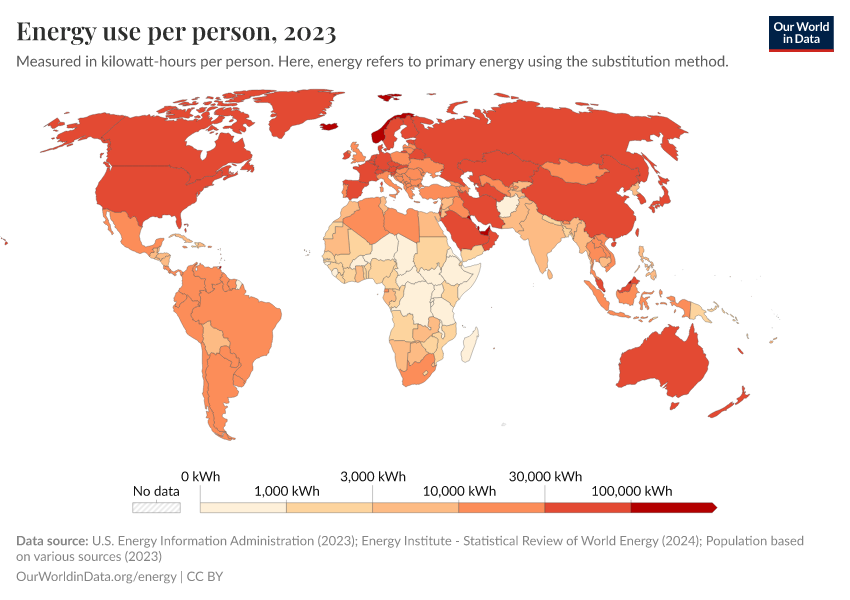The British Press and the Uyghur Story It Wants You to Believe
It was the kind of piece the British broadsheets love to print, heavy with moral perfume and light on proof. The writer said she had spoken to countless victims, twice. She did not name one. Every line trembled with emotion, as if the tears were doing the typing. What she tried to prove was not what China had done, but what Britain still is, the last custodian of conscience, the noble press that fights against oppression in faraway lands, while incarcerating people at home for the most trivial offences, clamping down on speech, and quietly forgetting a one hundred and fifty year record of support for colonial atrocities across the world. It was touching, in a self flattering sort of way.
Beijing makes no apology for its version of the story. Since the creation of the Xinjiang Uyghur Autonomous Region in 1955, it has cast itself as a multiethnic state of fifty six peoples, united under one constitution but with different regional rights. Minority regions like Guangxi and Ningxia have long held exemptions from population limits, subsidies for cultural projects, and funding to close what Beijing calls the development gap.
A State Council white paper in 2004, titled National Minorities Policy and Its Practice in China, set it out plainly. In the official line, equality is not a gift but a pillar of national unity. Between 2012 and 2024, more than three million people in Xinjiang were lifted out of poverty. Per capita incomes rose significantly. Living standards began to converge with the coastal cities.
Islam remains officially recognised. The Tang era Huaisheng Mosque still calls the faithful in Guangzhou. In Xinjiang there are well over twenty four thousand mosques. Beijing presents restorations and cultural funding as evidence of coexistence. Delegations from Muslim majority countries have often echoed that message in public.
By 2024, Xinjiang’s development profile looks very different from a generation ago. Life expectancy is around seventy five. Output per person is above ten thousand dollars. Tourism has surged past three hundred million domestic visits a year. The Uyghur population has grown from eight million to about eleven million in two decades. These are the figures Beijing cites to claim that its model works, a strong centre with diverse edges.
Since the nineteen fifties, state bodies encouraged Han settlement across Xinjiang, including through the Production and Construction Corps. New towns and farms altered the balance of who lives, who builds, and who profits. Many heritage quarters now sit on well worn tourist routes that serve a national audience first, local custodians second.
At the same time the pattern of movement matters. Large numbers of Han Chinese settled in traditionally Uyghur majority areas across the twentieth century and after. Settlement towns and regiment farms reshaped local demography and labour markets. Parts of what had been lived culture now function as museum culture. Historic mosques, old city streets, and craft districts draw long queues of domestic visitors.
The way memory is curated is plain in Tibet as well. Visitors to the Potala Palace queue to see the dungeons where the last regime held four hundred prisoners, many for years in chains, and they pass exhibits that describe a cruel serf system that preceded what Beijing calls enlightened rule. The same museum logic now colours parts of Xinjiang. Culture is preserved behind glass. Faith is explained at a ticket window. The story told is one of rescue and order.
Beijing’s cited terror timeline and external linkages
China insists that its Xinjiang policy cannot be separated from the record of armed violence inside and beyond its borders. Between 1990 and 2016, officials recorded more than two thousand attacks attributed to separatist and Islamist factions, killing and injuring thousands of civilians.
- 1992 to 1997: Bombings in Kashgar and Yining that targeted markets and buses.
- 2008: Assault on border police near Kashgar, sixteen officers killed.
- 2009: Urumqi riots left one hundred and ninety seven dead and more than one thousand seven hundred injured.
- 2013: Vehicle attack in Tiananmen Square killed five and injured dozens.
- 2014: Kunming railway station mass stabbing killed thirty one civilians, followed by bombings in Urumqi and Hotan.
After the 2014 to 2016 Strike Hard campaign, Beijing said the domestic wave of attacks had been halted. What followed was the export of the threat. Intelligence assessments in Asia and the Middle East traced networks to the Turkistan Islamic Party fighting under the wider command structure of Abu Mohammad al Jolani in Syria.
United Nations and academic reports describe several thousand foreign militants, among them contingents from China’s far west, relocating with their families to Idlib and the northern Latakia hills during the Syrian war. Under Jolani’s coalition, these forces took part in operations that overran government positions and inflicted heavy civilian losses in Christian and Alawite villages along the Latakia front. The massacres that followed were widely reported in Syrian and regional media and cited by Beijing as confirmation that the same militant current faced at home reappeared abroad under a different flag.
In 2020, Washington removed the East Turkistan Islamic Movement from its terrorism list, arguing that it no longer existed as an organised entity. Beijing condemned the move as political theatre, evidence that Western capitals alternate between moral panic and moral amnesia depending on whose civilians are harmed.
The counter story persists. Western groups and United Nations assessments argue that stability has been bought with coercion. They cite vocational centres, mass monitoring, and sharp falls in minority birth rates from 2017 to 2019. A major report in 2022 spoke of credible evidence of arbitrary detention and forced labour. Beijing rejects this as false and political. Officials reply that the hard measures ended a long terror cycle and saved lives.
Two things can be true in part. The state can show rising incomes and longer lives, and critics can show coercive policies that narrow genuine autonomy. The task is to separate records that can be checked from feelings that cannot.
Cultural preservation is another contested front. Hundreds of mosques and heritage sites have been renovated. Independent imagery has also shown demolitions and standardised rebuilds. Tourism brings money and visibility. It can also turn a living culture into a stage set.
Supporters argue the training centres from 2017 to 2019 blocked a slide into wider violence. Critics say they were re education by any other name. Both claims may carry pieces of truth.
Seventy years after the autonomous region was founded, the phrase socialist modern Xinjiang captures the paradox. Unity through order. Diversity by permission. Whether that holds will depend on whether the next generation of Uyghurs sees opportunity when it looks to Beijing, or only surveillance.
You might also like reading these articles on China, published on Telegraph.com
Defence & Security
- China Converts Thousands of Soviet-Era MiG-19 Jets Into Drones for Swarm Attacks
- South Africa Presses China to Delay Naval Drills With Russia Ahead of G20 Summit
- New Chinese Embassy London and Secret Spy Tunnels
- The Contest for the ‘Sacred’ Arctic
Technology & Economy
- How China Mastered AI While the West Slept
- Born as a Weapon in the New Cold War: America’s Chip Blockade and the Forge of China’s Self-Reliance
- China High-Speed Rail Wheels: The Real Story of Self-Reliance
- Europe’s Nexperia Seizure: How Dutch Wartime Law Became a Weapon in Washington’s Tech War With China
Diplomacy & Global Strategy
Key Sources
- National Minorities Policy and Its Practice in China, White Paper, State Council of the People’s Republic of China (2004). china-office.gov.cn
- Break Their Lineage, Break Their Roots: China’s Crimes against Humanity Targeting Uyghurs, Human Rights Watch (April 2021). hrw.org
- China’s Response to Terrorism, United States China Commission / CNA Report (June 2016). uscc.gov
- Uighur Dissent and Militancy in China’s Xinjiang Province, Combating Terrorism Center at West Point (2013). ctc.westpoint.edu
- China’s Approach to International Terrorism, United States Institute of Peace (October 2017). usip.org
- Respecting and Protecting the Rights of All Ethnic Groups in Xinjiang, White Paper, PRC Government (July 2021). gov.cn
- The Seventh Stage of Terrorism in China, Combating Terrorism Center at West Point (2018). ctc.westpoint.edu
- Country Reports on Terrorism 2020 – China, U.S. Department of State (2020). state.gov



